Do you know about the most Common Flowers that are Poisonous? Here’s a list of the Toxic Flowers that may surprise you!
Flowers spread color and joy and complement the garden, but do you know about the most Common Flowers that are Poisonous? If you have children and pets, you should avoid growing these Toxic Flowers!
Common Flowers that are Poisonous
1. Hydrangeas
Be extra careful when growing hydrangeas, and don’t keep them indoors if you have cats and dogs. Hydrangeas contain a small amount of cyanide and can be lethal if ingested in very large quantities.
Although they are not dangerous for humans, ingestion of specific amounts of leaves or flowers can cause vomiting, diarrhea, and lethargy in pets.
2. Clematis

Rather mild but toxic, clematis is poisonous. When touched or consumed, the toxin called anemonin (irritant glycoside) affects both pets and humans.
It can cause dermatitis in some people after contact and mild burning sensation and ulcer in the mouth if eaten.
It affects the pets like dogs, cats, and horses more and causes nausea and drooling. Fortunately, the symptoms subside soon, pets themselves don’t touch clematis because of its bitter taste. While pruning clematis, care to wear gloves.
3. Calotropis
Calotropis is one of the most common weeds that grow all across South Asia. Its latex ooze out from the flowers and leaves that contain calotropin, which, can cause blindness if it comes in contact with the eyes.
4. Oleander
Oleanders are charming and fragrant, but be a little careful with them as eating only a meager amount of this toxic flower can be dangerous.
All parts of oleander are extremely poisonous if ingested. Even the smoke burned from its wood is toxic. Symptoms of poisoning include dehydration, fever, slow heartbeat, tremors and death is also possible.
5. Azalea

Both azaleas and rhododendrons are poisonous to pets. The leaf or stem can lead to nausea, abdominal pain and difficulty in breathing, if eaten.
6. Daffodil

The bulbs are the toxic part of this popular and familiar flower, so you should probably take extra care when you plant it, if you have a dog that likes to dig in the flower beds. Too much ingestion can cause vomiting, diarrhea, squeeze cases, tremors and heart rhythm disorders.
7. Lantana
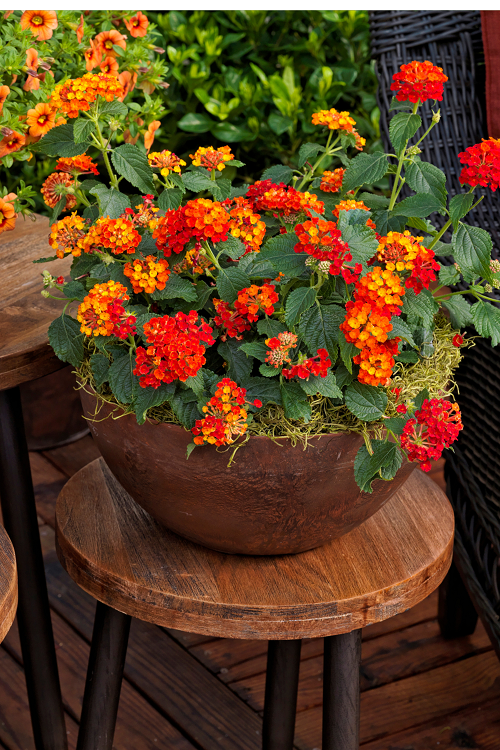
Lantana is extremely common flower in tropics and be treated as weed in many countries. Its flowers come in shades of white, yellow, pink, red, violet or orange. This flower is known for its intense fragrance and it also attracts butterflies. All parts of the plant contain liver toxin. Symptoms like depression, vomiting, fatigue and liver failure are possible after ingestion.
8. Foxglove

Foxgloves are used to prepare medicines, still all parts of the plant are mildly poisonous, contains digitalis glycoside, digitoxin and deslanocide and used in heart medicine. However, if you ingest a particular amount of foxgloves it can cause headache, stomach pain and fainting.
9. Lily of the Valley
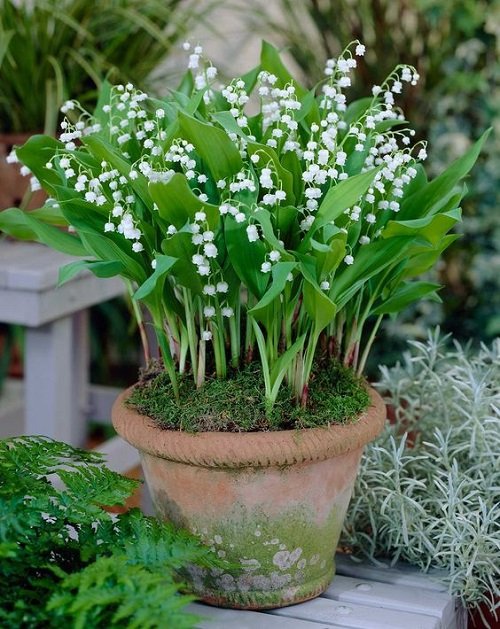
The lily of the valley is very toxic, flowers, leaves and stem should not be eaten. The plant contains cardiac glycosides, which acts directly on the heart and causes vomiting, illusion, blurriness, slow heart rates and can be fatal in some cases. Fortunately, the poison is slowly absorbed into the body, so that the medical intervention on time after consuming can save from much harm to occur.
10. Morning Glory
Not all species of morning glory are poisonous but there are few, whose seeds are poisonous, if swallowed. Morning glory contain the toxic called lysergic alkaloids, which causes medical signs like diarrhea, in-coordination and liver failure, if large amount of seeds ingested.
11. Wisteria
The tempting beauty of wisteria is alluring but do you know that it is a mildly poisonous plant, mainly for cats and dogs. Every part of it is poisonous, especially seeds. If only few seeds are ingested they can cause mild abdominal pain, vomiting, diarrhea and depression of the central nervous system.
12. Periwinkle
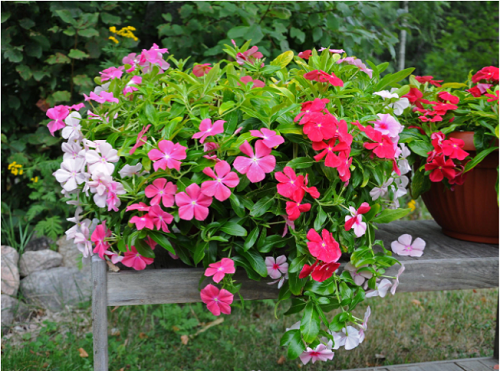
Madagascar Periwinkle is one of the most easy to grow flowers and can be an excellent ground covers in warm climates, but it is mildly poisonous and contains a group of alkaloids. It is used in Ayurveda and Chinese herbal medicines to cure high blood pressure. Its excess consumption causes drop in blood pressure and hypotension. Do not confuse Madagascar periwinkle with Vinca major (greater periwinkle), which is not poisonous.
13. Calla Lily
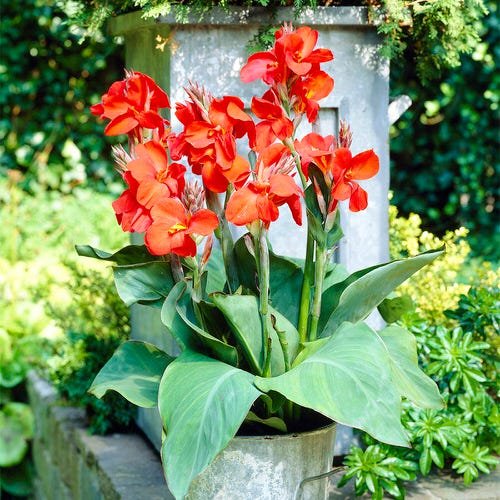
Calla lily can be an excellent cut flower and looks beautiful, its leaves are edible after cooking. According to North Carolina state university all parts of calla lily are poisonous and contains calcium oxalate crystals and because of this, eating any part of the plant raw can causes swelling of lips, tongue and throat. Similar symptoms occur to the animals, if they eat it.
14. Iris



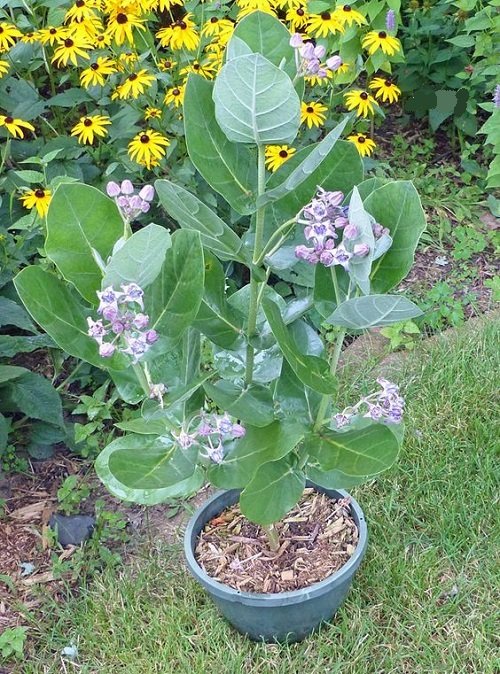
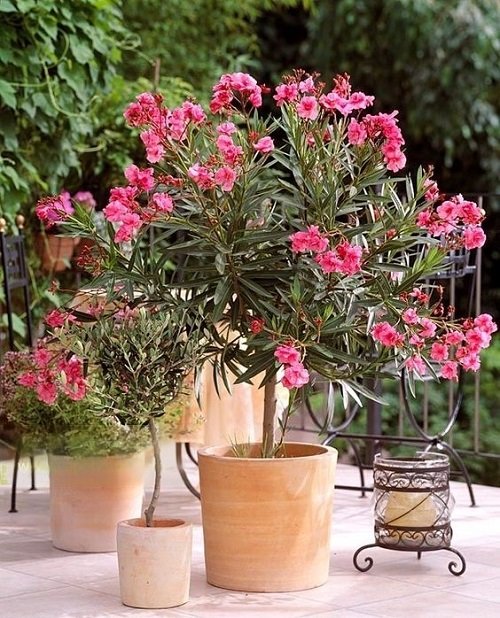



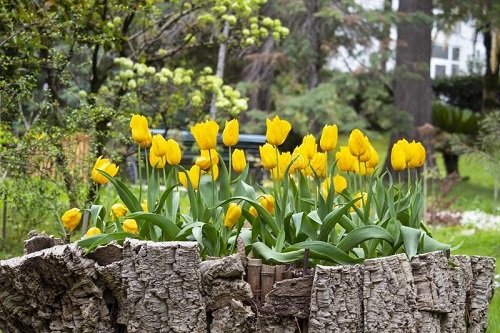

[…] 13 Common Flowers That Are Actually Poisonous […]
[…] 13 Common Flowers That Are Actually Poisonous […]
Very interesting and informative document! I used to grow seven out of ten of these particulular plants in my garden. My daughter was
always warned and reminded about eating or handling these kinds of plants.
We did not have any pets. However, I believe your information should be widely diffused as there are many people who are unaware of dangers. I am
Putting this pic onto all my plant & flowering topics on Pinterest. Many
thanks for this life-saving information!
Wide
It’s great you liked it, please feel free to share any of our posts.
This was so much useful because I like botany and gardening. You people should try toreach more crowd at theri who need it, especially gardners and people like me.
My back yard is full of flowers. I have hummingbirds every year, and they get fewer every year.I keep feeders out and make my own sugar water and keep their feeders clean and full. I would like to know what flowers are toxic for my hummers. I will remove every thing that is toxic to them. I love my hummers
The sugar water makes their beaks weak it can make the beak break off and kill the poor little loved hummer. Perhaps that is one reason there are fewer each year.
Weird comment and where is your scholarly evidence to support such a horrendous reply to a dear person who love hummingbirds? A suggestion to plant native foliage and flowers to maintain hummingbirds such as hamelia.
I used to have a few plants that i had no idea were dangerous to my dog. I will be tearing them out but dogs are wiser than humans and generally can tell what they can eat or not
I think we all must keep in mind that knowledge is a dynamic, ongoing process and will grow as we understand, discover , correlate more. And as we truly know so little about the natural world interactions and potential, be open to expanding all the time.
We don’t know what we don’t know
I have a dog, and I want to make my yard safe for him and myself. i would like to know what plants are safe for everyone.